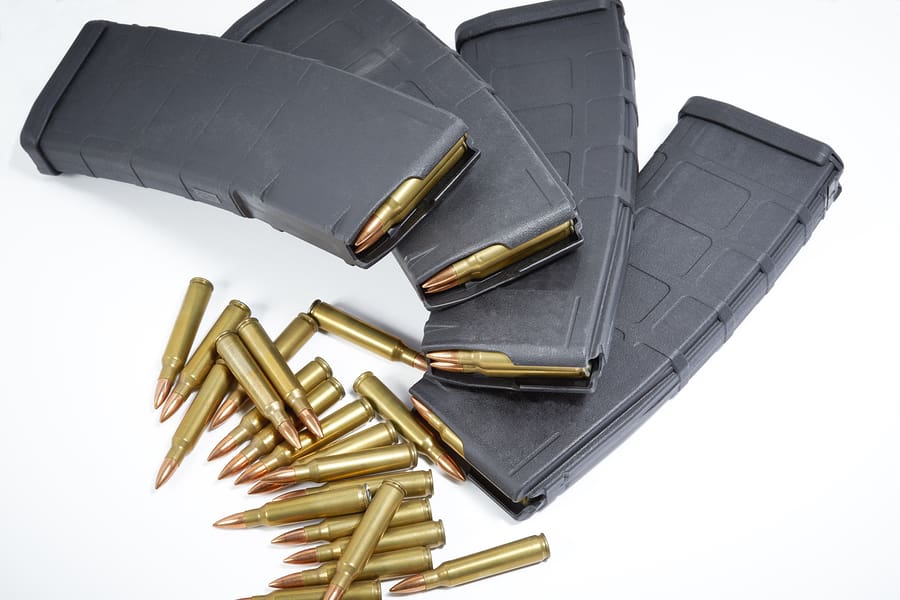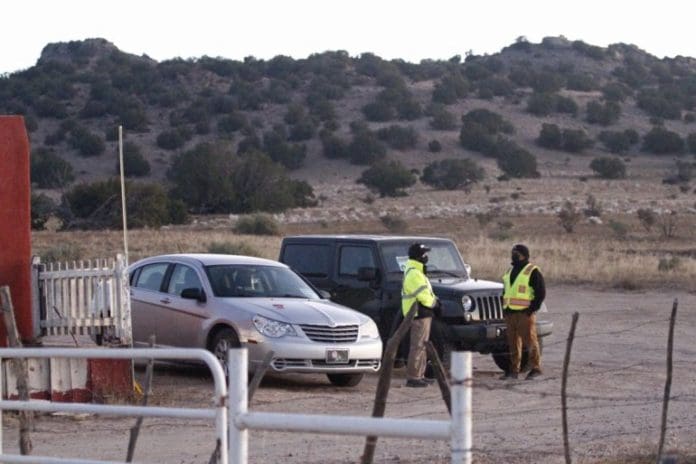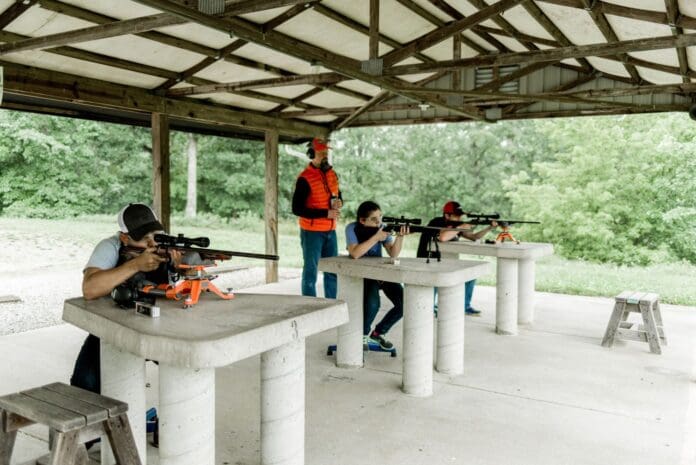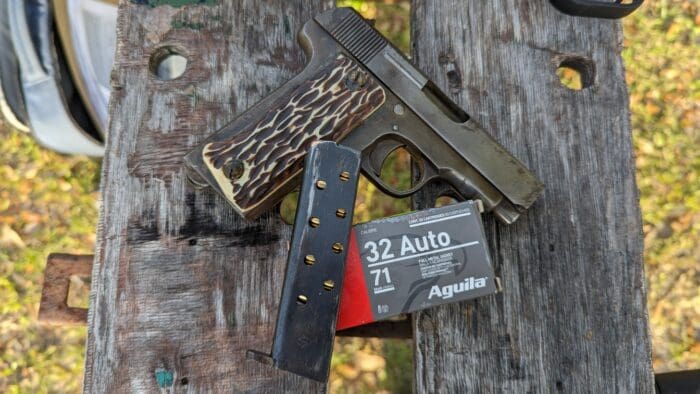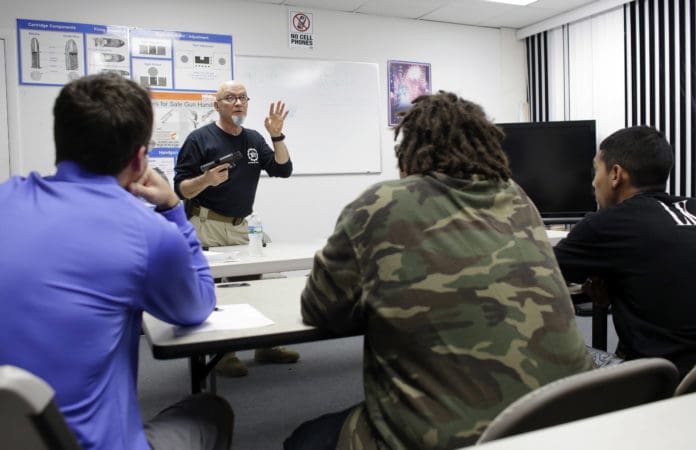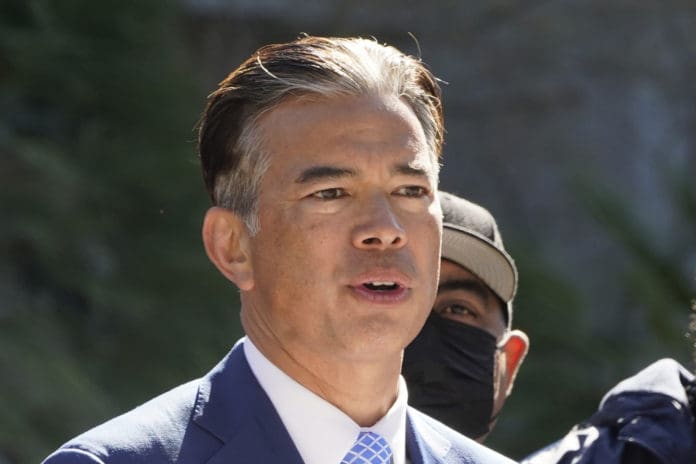New Mexico continues to be a shining example of gun control activists and politicians overreaching to restrict law-abiding citizens’ ability to exercise Second Amendment rights instead of pursuing violent criminals. The failure of the so-called leaders to address those breaking the laws and punishing the ones that follow it is a major reason why residents of Albuquerque rank crime and public safety as a top concern.
New Mexico Gov. Michelle Lujan Grisham made waves for her ill-fated attempts at suspending Constitutional rights within the state’s largest county, saying “No constitutional right, in my view, including my oath, is intended to be absolute.” She was brushed back by the courts and forced to recalibrate.
The latest example by city officials in Albuquerque shows their efforts yielded more fizzle than fruition in reducing criminal violence.
Gun Control Flop
In 2021, Albuquerque Mayor Tim Keller signed an executive order to establish the Albuquerque Gun Violence Prevention and Intervention Task Force aimed at developing strategies to “turn the tide on gun violence.” The creation of the task force came after months of discussions and on the heels of the deadliest year in the city from homicides.
“Turning the tide on gun violence will take immediate action, like strengthening laws for gun storage and gun crimes,” the mayor said at the time. “This task force is one of the priorities that emerged from the Metro Crime Initiative this summer, as it becomes more clear that gun violence is a public health crisis.”
Mayor Keller’s rush to “do something” included pushing for unconstitutional mandatory firearm storage laws and strengthening gun control laws despite playing footsie with the “defund-the-police” movement in 2020. Calling “gun violence” a “public health crisis” is also code-speak for using taxpayer funds to implement more gun control and usurp the Constitution to limit rights.
Fast forward to last month and the three-year-old task force has fizzled out with little fanfare. According to KOB4 News, a member of the task force who wanted to stay anonymous said that the group hasn’t met since last fall, leadership has changed multiple times and more than a dozen members have left the group.
One of the members of the task force who left, Miranda Viscoli, acts as the co-president of the gun control group New Mexicans to Prevent Gun Violence. Viscoli seemed baffled about the idea of what to do and how to do it. “Task forces are complicated, right? It’s, you know, we have to figure out what to do, and then how do we execute it,” Viscoli said.
After more than two years of “work,” the group is dismantling with an odd message about their accomplishments. “I think there is still more work to be done,” former task force leader and Albuquerque City Councilwoman Nicole Rogers said. “Clearly, gun violence is still an issue in our community, especially with our youth. So there is absolutely more work to be done.”
In sum, after nearly three years, there are no formal recommendations and there’s no report yet on how much it cost taxpayers.
Like Governor, Like Mayor
Mayor Keller’s failure to face the fact that it is criminals who should be held accountable for their crimes is familiar because that’s what comes down from the state’s top executive. Gov. Lujan Grisham exhibits many of the same tendencies based on gun control fantasies as well.
During her first term, Gov. Lujan Grisham tried choking off gun rights during the COVID-19 pandemic by closing down firearm retailers under the guise of those businesses not being “essential.” The backlash across the state was fierce and when faced with the legal certainty her order wouldn’t pass Constitutional muster, including legal challenges, the governor relented and allowed firearm retailers to reopen.
Fast forward to September 2023 and the governor decreed a public health emergency in Bernalillo County, including Albuquerque, that suspended Second Amendment rights and prohibited all lawful public and concealed carrying of firearms.
“There are literally too many people to arrest,” the governor said. “If there’s an emergency … I can invoke additional powers. No constitutional right, in my view … is intended to be absolute.”
But in the wake of her edict, even gun control’s most stalwart schemers criticized her for the announcement. March for Our Lives co-founder David Hogg did and so did U.S. Rep. David Lieu (D-Calif.), who posted on social media, “This order from the Governor of New Mexico violates the U.S. Constitution … There is no such thing as a state public health emergency exception to the U.S. Constitution.”
Once again, a judge placed a temporary restraining order on the concealed and public carry provisions of the public health order. And again, the governor recoiled, narrowing her edict but extending the initial 30-day order by another 30 days while legal challenges are working through the courts.
The governor tried once more to push more gun control during the 2024 30-day budget-focused legislative session but still failed to get her way.
Answer Right in Front of You
If the governor, Mayor Keller or any of the former task force members are still searching for answers on how to reduce criminal gun violence, the governor already announced to media how it can be done. She held a celebratory press conference in October 2023, patting herself on her back that her gun control efforts were working. Except they weren’t. The things she highlighted as having the biggest impact on reducing criminal gun crimes were, in fact, related to criminals, not law-abiding New Mexicans.
The “successes” the governor highlighted included getting tough on criminals and holding them accountable. She praised the arrests of more than 500 people, “many for misdemeanors,” during a recent stretch. She “celebrated” the recovery of 20 stolen firearms, while leaving out that there had been more than 5,000 firearms reported stolen in Albuquerque over the past five years. Another data point Gov. Grisham praised was that there were 38 fewer reported gunshots detected over a three-day window – a blip lower than last year’s average of 100 each day.
Taxpayers in Albuquerque are owed answers. How much did they pay for an ill-fated task force to meet and sputter out with no formal report or finalized recommendations on reducing crime in the city? That money could’ve been saved if everyone recognized that going after criminals does the most good, not further restricting the Constitutional rights of law-abiding citizens.


